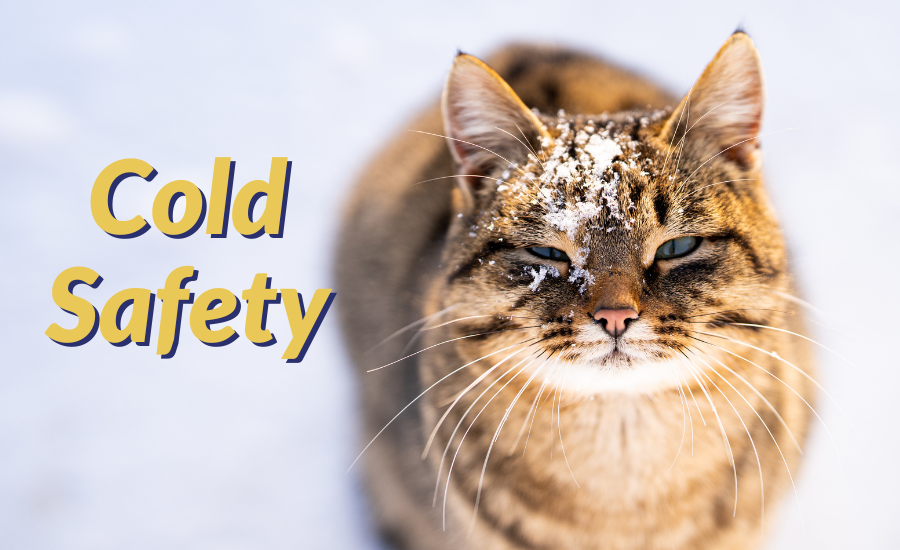Let It Snow
Let it snow, let it snow. It’s the season – winter is coming. Although the official winter solstice is a little more than a month away, many parts of the US are already experiencing cold weather. And, for those of us in Minnesota, it’s only going to get colder. All good Minnesotans know the ways to prepare for winter, but we’d like to remind you of some tips for keeping your pets safe and healthy through the frosty season that lies ahead.
If You’re Cold
A good rule of thumb is, if you’re cold, your pets are cold. Although many animals grow thicker coats to help keep them warm during the cold months of the year, the weather gets so cold that the air hurts on occasion. If that’s true for you, it’s true for the pets you love.
Shelter From The Storm
Realistically, not all animals can be inside a house, but they should all have a shelter of some kind. If you have outdoor cats, you should make sure they have some kind of shelter available. There are many shelter ideas online, some of which are very affordable. Large animals – livestock and horses, for example – should have some kind of structure where food, water, and bedding are accessible so they can stay warm.
Keeping Your Indoor Pet Safe
If your pet is usually an indoor pet, there are other safety protocols you can employ to make sure they stay healthy and well during winter months. You should:
- Keep them inside as much as possible
- Wipe down your dog’s paws and stomach after a walk
- Look for cracks or redness in their paws due to chemicals like ice melt
- Check their paws for a build-up of snow and ice
- Use de-icing agents that are safe for pets
- Don’t bathe your pet as often during the winter
- Don’t shave your dogs or cats during the winter months
- Provide a sweater or jacket for a pet who has to go outside
- Bang on the hood of your car before starting it to make sure there aren’t any critters curled up there
- Don’t let your pet out without a leash in a snow or ice storm
- Make sure their license and microchip information are current
- Increase their food intake slightly to help keep pets warm
- Wipe up antifreeze spills completely because it can be fatal to pets
If Your Pet Gets Too Cold
Despite your best efforts, your pet (especially short-haired breeds) may get too cold. If that happens you should be aware of the signs of hypothermia and frostbite. If your pet:
- Shivers excessively
- Has difficulty breathing
- Seems sleepy or lethargic
- Is weak or unable to walk
- Has dilated pupils
after being outside, it’s highly likely that they have hypothermia.
- Discoloration of skin on the paws
- Blisters on the paws
- Difficulty walking
- Pain or swelling on their paws
- Cold paws that are firm to the touch
Both hypothermia and frostbite are very serious veterinary conditions that require immediate care.
Minnesota Veterinary Hospital
Minnesota Veterinary Hospital can support your pet with all aspects of veterinary care. If you’re in the Shoreview, MN area, contact us for winter well or sick care. We’re available to help your pet in any way they need.
Image credit:

